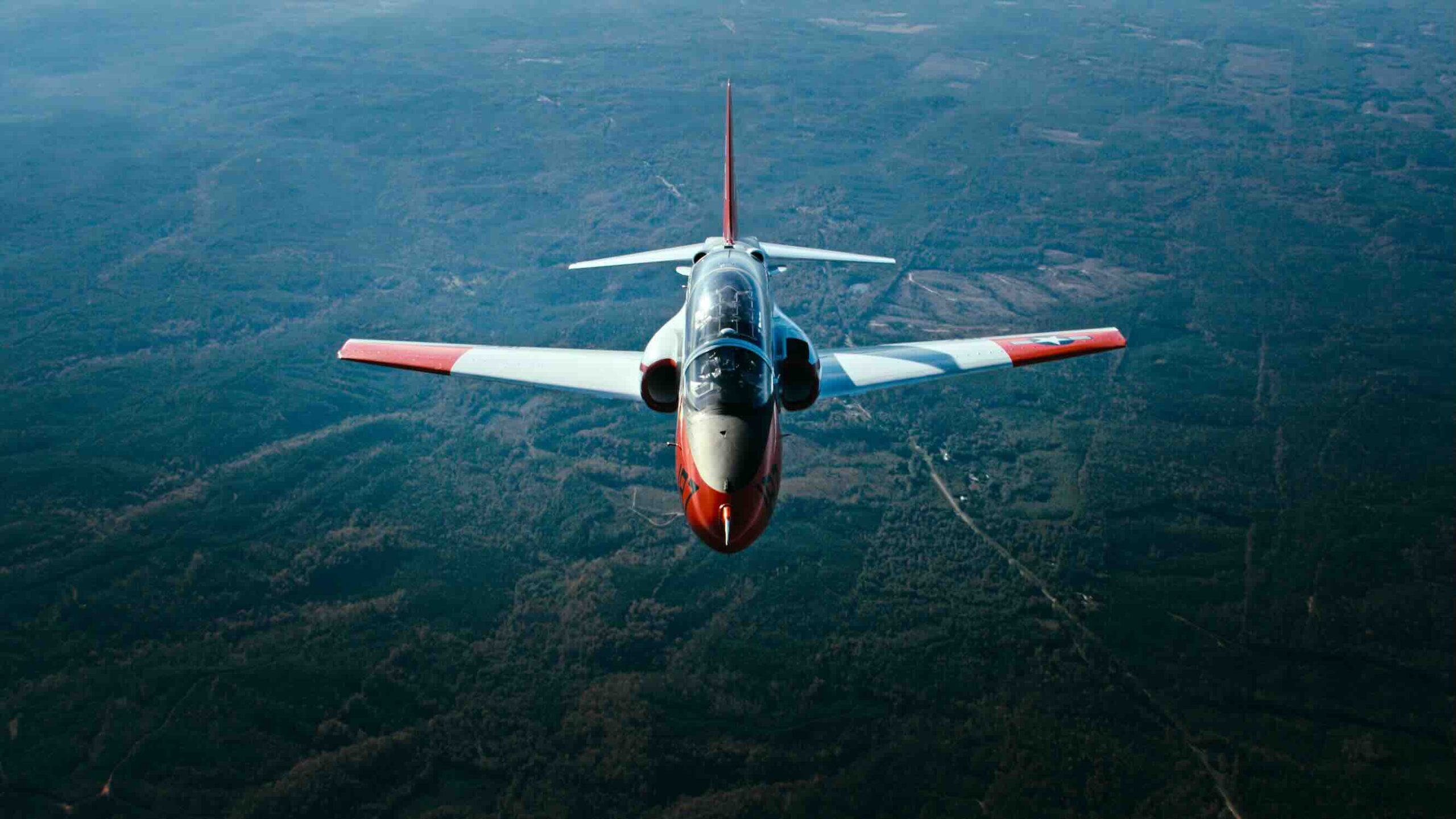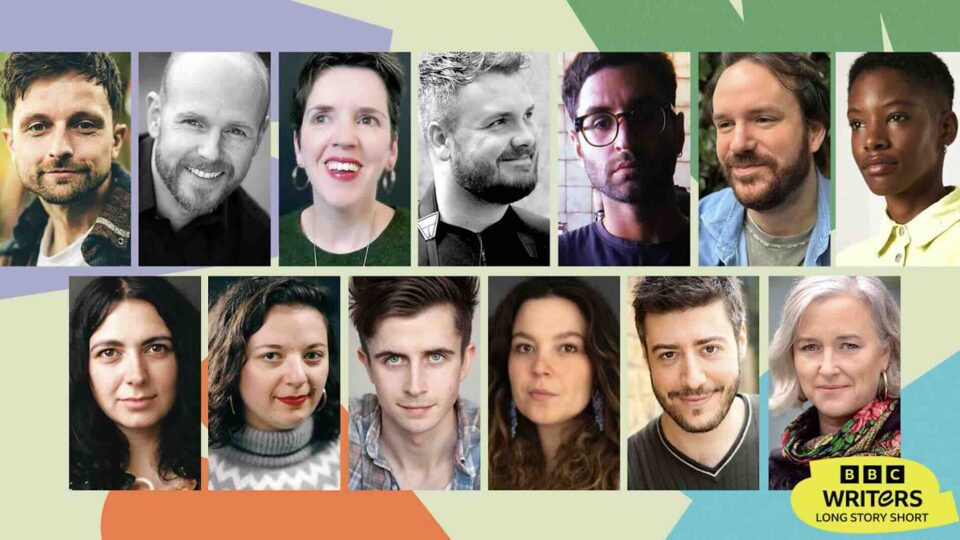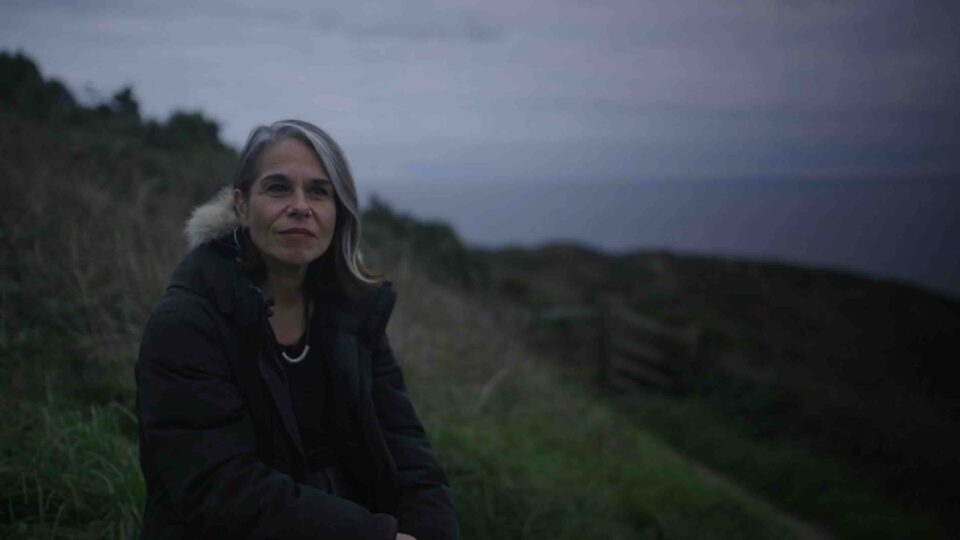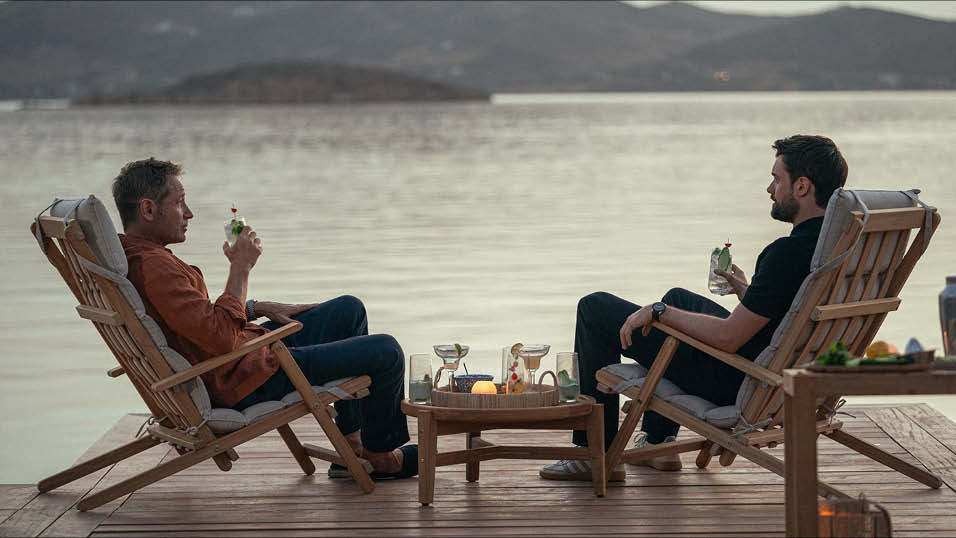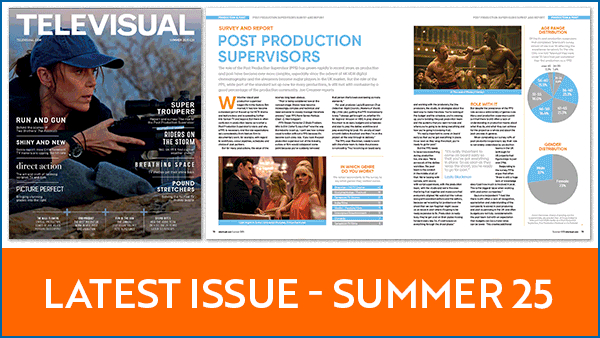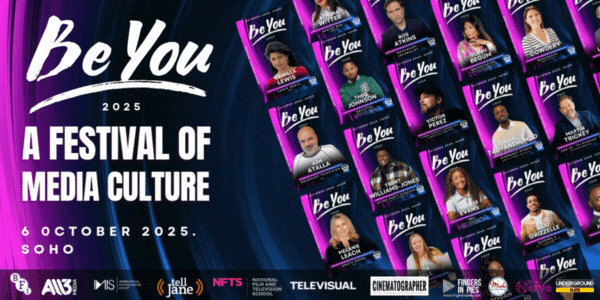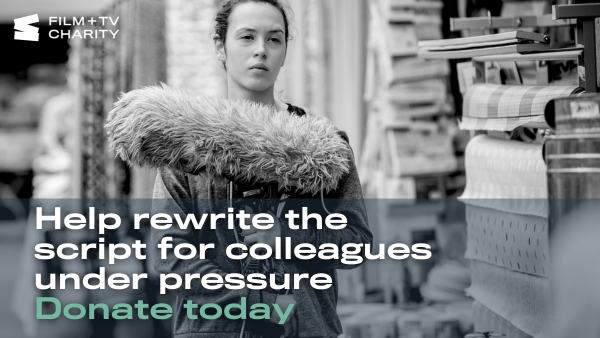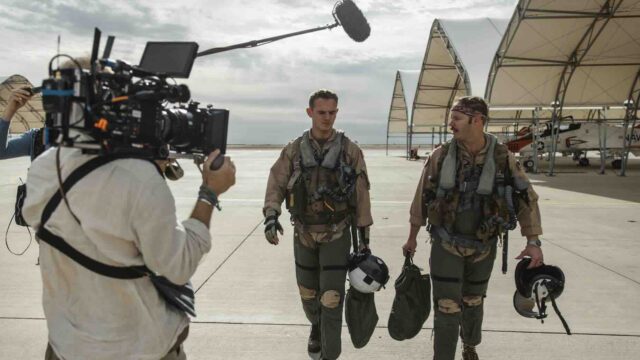
Factual indie Rex, part of Zinc Media Group, is behind National Geographic six-part series Top Guns: The Next Generation The recently released series had access to one of the US Navy’s most demanding training and selection programmes following the US Navy student pilots as they work to join the next generation of the Navy’s most elite strike fighter pilots. Series showrunner Karen Edwards begins the behind-the-scenes production story when the idea for a series first arrived and tracks it through the challenges of aerial filming and maintaining close access.
Getting the series off the ground
I worked on a Blakeway series for ITV – Fighter Pilot: The Real Top Gun – that followed RAF student fighter pilots training to be the first ever UK pilots to fly the new supersonic, fifth generation fighter jet – the F35B. Most of this training took place in the US, with the US Marines on a base in Beaufort, South Carolina; and it was this US training that sparked the idea for Top Guns. Luckily, the ITV series was a success, but more importantly, we made some great US contacts during production. We say in the UK that Americans make great television, and it was very true in this instance – the young US marine students were very entertaining.
In 2018 we started conversations with senior members of the US Navy, Airforce and Marines to discuss filming a documentary series with the US military.
When you have a Zoom call with the US military there are a few things to keep in mind. First, they come en-masse. Each call would have up to 20 different people dialling into the conversation, because they all have a stake in the decision. Second, their computer system doesn’t enable video, so most of them were just black screens with numbers, which is disconcerting. Finally, there is all the military jargon; we all became very adept at nodding in the moment and researching later. The ITV series meant they could check me out with the UK MoD contacts which was helpful, but they were very keen to tell me they’d never allowed such access before, and were anxious that it wasn’t portrayed as reality TV. Eventually they decided they could trust Zinc Media and quickly the conversations about a series got serious when it was clear what we wanted to film and how.
We did our first scouting and filming trip at the end of 2021 when we visited various bases and did some notional casting tapes of the type of students, instructors and locations that we could expect to film. This meant we had visual proof of concept, characters and access.
With exclusive access to such a privileged and closely guarded world, it was a relatively easy sell to commissioners. The US Navy and Pentagon had always said ‘no’ in the past but now Zinc Media Group had the access, National Geographic came on board in January 2023, after looking at all our material and the outline of the series.
The next stage was working with the Navy’s specialist engineers to design and build a cockpit camera system. It had to be light, it had to be in positions where it wouldn’t obstruct the students’ line of sight – but for me, the cameras needed to get the shots we needed. The whole series rested on it. If we didn’t capture the aerial stories, we had no series.
Aerial filming was the beating heart of this series. it was vital that each piece of training was authentic and played out as a proper scene. We needed to tell the story of each test, capturing the mistakes and errors, and successes. It meant the audience would experience and share every moment of tension in the skies.
We had a very anxious eight months working to make the in-cockpit system happen.
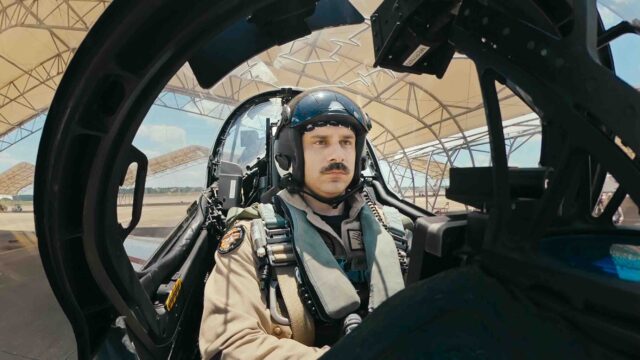
Aerial filming
The Top Gun movies are filmed in the larger F18 jets flown by seasoned fighter pilots with hundreds of hours of flying experience and were done to a tight shooting script costing millions. We, on the other hand, were filming with trainee students who would be flying at speeds, executing dangerous manoeuvres all for the very first time. Our cameras needed to capture those moments in real time. The stakes regarding safety were extremely high for both the US Navy and Zinc Media Group.
We did several site visits inspecting the jet at the Navy’s Patuxent River Base, Maryland, the headquarters of NAVAIR, to agree what camera angles would work. It was a negotiation, again with a room of experts. The T45 Goshawk training jets are compact – to say the least. The safety checks and tests in the Navy are extremely rigorous meaning that some of the locations we wanted cameras placed, and even some of the cameras we wanted to use, were not cleared.
However, our Go Pros were given the OK to use. The issue we faced now was the battery life and the heat. We would be filming in the scorching heat of Mississippi and California, where the temperature in the cockpit was extreme and the battery life of the Go Pro needed to be extended.
We ended up using Go Pro 12s with Refuel battery mounts in the rear of the jet. Because of the weight, we could only use one in this location, but the design enabled us to angle it out over the wing or into the instructor pilot in the rear seat. This gave us the breadth of shots needed to tell the stories in the sky.
The front of the jet was more difficult because of the line of sight and the weight so we could only clear one camera in this location. We really needed to capture every angle from the front so used a 360 camera in that position which commissioning editor Simon Raikes supported, despite it not meeting the full 4k Specification. Thank goodness he did, because those shots captured all the action.
We couldn’t use the Refuel Battery mount at the front of the jet because it was too heavy, and the height would have interfered with the pilot’s line of sight. This meant we had to use an external battery and find a safe location beside the pilot’s seat, design a housing that was safe and secure, but also easily accessible to be changed by the crew. The battery had to be cleared, a housing built, even the cable had to be made of the right material that would pose no safety threat.
The cockpit cameras were the core of the aerial filming because they caught the actuality, but filming jet-to-jet is supremely dangerous and just couldn’t be done with students so we had to shoot the big aerial scenes with instructor pilots. For this specialist cinematography we teamed up with Kevin LaRosa and Michael FitzMaurice who had worked on the movie Top Gun: Maverick. We wanted to film some shots using a chase jet rigged with Sony Venus 2 camera for scenes, but also have some days using a helicopter – which would capture the sense of speed and enable us to get the close up footage.
Audio was even more vital than the visuals. The cockpit audio revealed the aerial training and the brilliant Phil Bax came on board to lead the sound across the series. I had agreed a basic system to capture the audio in the cockpit, tapping into the comms system. But it took Phil to iron out the wrinkles, develop and work with the engineers on base to make it work how he needed.
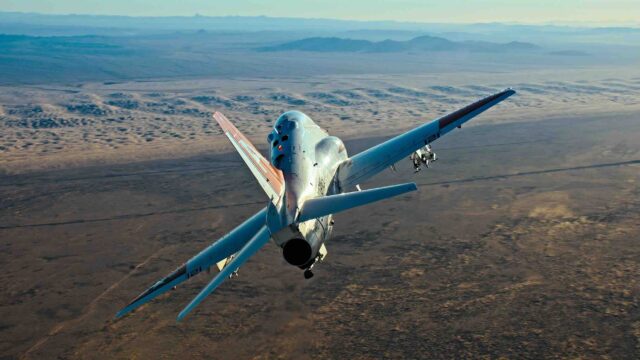
Production takes off
By the start of 2024 the in-cockpit camera designs were being manufactured and would be fitted in March. At the same time, director Lana Salah and line manager Fliss Williams flew out to NAS Meridian, Mississippi; the Navy’s premium training base to cast the series.
Once we had the buy-in of the senior team at NAS Meridian and word got out on base that National Geographic were going to be filming, a large number of students came forward to try out for casting.
About 30 students came forward for central casting; all of them were brilliant, but in the end we settled on eight students who we wanted to focus on.
At the end of March 2024 the cameras went into the cockpits as planned, the cast had been approved by National Geographic, and filming started. We filmed off and on from April to end of November. The pattern tended to be shooting trips lasting for about 2-3 weeks at a time. The training was intensive, and we were always in conversation with the team at Meridian about the next key dates of the training that we couldn’t miss. It meant a lot of last-minute flights, but we were a large filming team, so could rotate to make sure we didn’t miss anything. It kept Line Manager Fliss Williams very busy though. Two consistent members of the filming team were the director of photography, Jon Sayers, and head of sound, Phil Bax, who went on nearly all the filming trips and provided that consistent style and quality; led by director Lana Salah and co-showrunner Chris Parkin.
The access during filming
As is the case with a lot of access filming, it was a bit bumpy at the start as both sides got to grips with how the other worked. Although I believe that UK observational documentary making is the best in the world and the truest form of following characters, the US Navy had never allowed filming like this and were naturally cautious. We had a Navy liaison with us for each filming trip and there were regular safety refreshers about operating around jets. The filming crew were exceptional and were trusted by the Navy to go around the base freely. They had to observe protocols on the flight line, but there was always a member of Navy ground staff to help. By the end of the six months, we were so used to working together, that we were working well as a team.
Planning was hard, especially given the daily flight schedule was only released late afternoon the day before. Luckily location production manager Abigail Godfrey became a regular in the scheduling office and would map out the following day’s filming schedule. It was vital she made sure our students were allocated one of the jets rigged with our cameras and that a ground film crew was ready to film the before and after. It was an artform and Abi had it down pat with the vital help of Hugo Trier, who basically knew how the whole base ran.
The Commodore and Commanding Officers would tell me they couldn’t believe how hard the crew worked. The Navy pride themselves on hard work and strict time keeping and there wasn’t a morning that one or two of the film crew weren’t there at the crack of dawn to rig cameras with the ground staff, with crew working shifts all the way through to the last flight of the day or evening social events. Respect was earned and quite rightly.
Establishing a production team base
Meridian is a typical small US town, famous for blues music, with a few shops offering wedding gifts, menswear dating back to the 70’s, a brilliant guitar shop, tattoo parlour, and a famous old restaurant. Most beneficial to us, however, was a small boutique hotel called the Three Foot; complete with a roof bar and a coffee shop attached. The team were close knit, and it was the happiest filming I’ve ever seen – given how hot, tiring and relentless the work was.
The Navy base was about a 30-minute drive away, coffee runs were organised with appropriate military precision each morning. Food on base was limited, so food runs were a key part of the everyday planning and scheduling. Again, it was a team effort to keep everyone fed, healthy and happy – led by Fliss, Hugo and Abi.
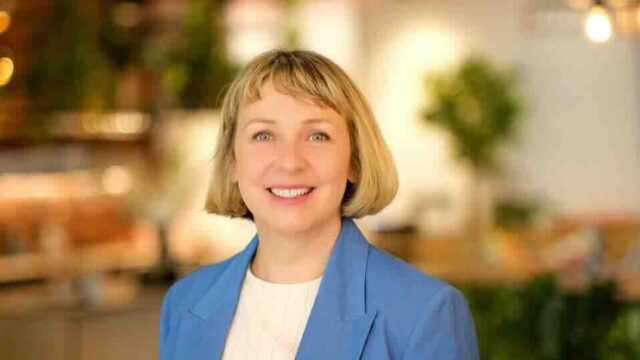
Karen Edwards, showrunner, Top Guns
Pippa Considine
Share this story




